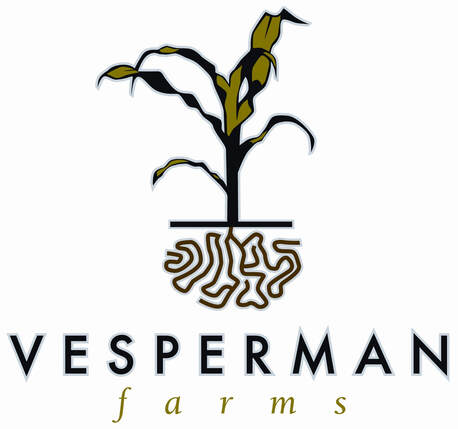|
Many of our early guests remember the old red barn that stood next to where the goat pasture currently is. Built in the 1920s, the red post-and-beam barn with a stone foundation was the staple barn on the farm when it was a working farm. In the bottom, it had two box stalls for the mules or horses. Next to those were a few stanchions for the milking cows and a little more space for pigs, sheep, or beef cattle. Above the livestock level was an area for loose hay, and a pulley and track system that was used to move and gather hay before hay balers were built. Another little room stored wheat and grain. In that one building was the heart of the farm. Kyle always wanted to save this barn. It was getting a bit run down - foundation crumbling and wood rotting - and it was low on the project list and kept getting lower as the pumpkin patch and corn maze needed more and more attention and time. But it was a barn full of farm history, and a cool barn to boot, and the restoration of this building never quite left Kyle's mind. Then the year 2012 rolled around. If you're a farmer, you remember that year. That was the year of the region's last major drought. There was not much - if any - rain. The ground was dry. After we planted the maze, there was a tiny storm, but then not much else fell. The corn was pretty short. The pumpkins were thirsty. At the end of June, Kyle bought 20,000 feet of drip tape to irrigate the pumpkins, planning for more hot and dry conditions. Then the first storm in about 2 months came through...and it was pretty darn violent. Around 10 p.m., the winds whipped and the rain fell. There was no real proof of a tornado in the county, but there were incredibly powerful straight-line winds, hail, lightening, and RAIN. A lot of rain, coming in sideways and coming in hard. The broadside of the old red barn faced the West. Kyle and Bruce, who were standing out on the porch stoop watching the lightening and commenting on the rain, could see the barn from their post. The light on the barn was one of the only bright spots on the farm, except for all the lightening. While they were out on the porch, Judy yelled from inside the house. Kyle and Bruce raced into the living room to find a branch had broken off a tree in the backyard and tipped in one of their windows, bringing all that rain inside. The window wasn't broken, just displaced, so the three of them wrestled the window back into place, and then Kyle returned to the porch to continue to watch the storm. He saw that the light on the red barn had gone out. Not very curious initially as the barn light was light-sensitive, Kyle didn't pay much attention during the next couple of lightening flashes. But after a few minutes, he felt there was something, not quite sure, but SOMETHING wrong about his view. The next couple flashes revealed a gaping hole where the massive barn once stood. In the struggle to fix the window and in the cacophony of the storm, the Vespermans hadn't heard a thing, but the barn had come down. All that was left - revealed in the lightening - were a couple of lonely broken beams and a pile of wood and stone. The storm blew through quickly, and not long after the barn had collapsed, Kyle called his cousin Eric to bring out a spotlight. There were a few sheep, the horses, and some other animals that used the backside of the barn for shelter, and with the power lines down and the electricity out, they needed a hand-held torch to check on the animals. In the dark, they could see that some of the sheep had been trapped in the collapse, but most of the animals were alive...but frightened. The Vespermans scrambled around in the dark, rearranging fences and creating temporary barriers to keep the surviving animals safe for the night. In the morning light, the storm's power and destruction revealed itself. Not only was the barn down, but the catapult was flipped, the roof on the white barn had been filleted, and the maze bridge was toppled. On top of a bad summer, this was pretty devastating to an already frustrated Kyle. But he really didn't have a lot of time to wallow. There was an incredible amount of work to be done. Some time in the night, Kyle had called his neighbor, Darrell Crapp (he was awake...everyone was at that point), and at 6 a.m., Darrell and a group of guys brought out a bulldozer, some chainsaws, and a positive attitude and began freeing some of the trapped animals (removing them from the property as the heat returned in full force that morning) and moving some of the rubble. Over the next few weeks, the Vespermans and a group of people slowly dismantled the barn and righted all the damage they could. In a brilliant stroke of foresight - or just because of the family's "save it all" attitude - Kyle salvaged as much as he could from the wreckage, sorting through to keep as many of the planks, beams, posts, and rock he could. Heavy equipment was brought in later to fill in the hole where the barn once stood, dig a new one to bury the concrete foundation, and get rid of all the remaining pieces that couldn't be saved. Years later, as Kyle was building the new red barn, he was glad he had listened to his inner hoarder. Inside the new red barn, you'll see many pieces of the old: a good part of the siding and paneling, the beams and posts, and all the stonework is from that old building. The arbor we use for weddings came from that old barn's framework. And many of the signs you see around the farm in fall season is from the old barn wood that survived the wreckage.
Although it was a shame that the barn in its originality couldn't be saved, it's great that it can still live on in the new red barn, no longer bearing witness not to livestock and haywork, but to the memories that families and friends make when they visit our farm.
1 Comment
Curtis Vesperman
4/11/2020 07:28:46 am
A traditional bank barn with a Gambrel or dutch roof. (Wiki) A gambrel or gambrel roof is a usually symmetrical two-sided roof with two slopes on each side. (The usual architectural term in eighteenth-century England and North America was "Dutch roof".) The upper slope is positioned at a shallow angle, while the lower slope is steep. This design provides the advantages of a sloped roof while maximizing headroom inside the building's upper level and shortening what would otherwise be a tall roof. The name comes from the Medieval Latin word gamba, meaning horse's hock or leg.[1][2] The term gambrel is of American origin,[3] the older, European name being a curb (kerb, kirb) roof.
Reply
Leave a Reply. |
Vesperman FarmsFun on the farm...in blog form! Archives
August 2021
Categories
All
|
|
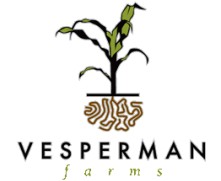
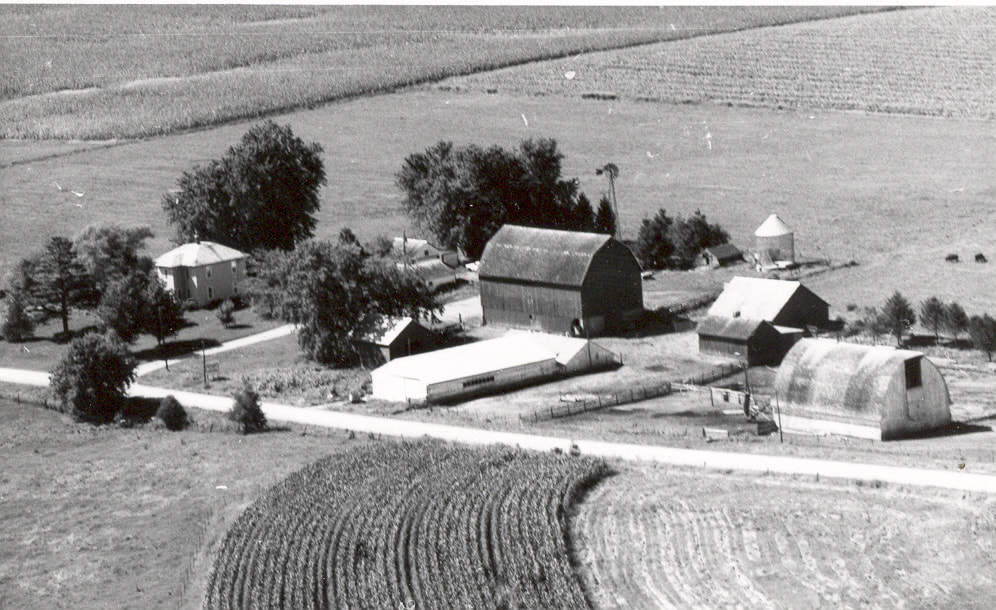
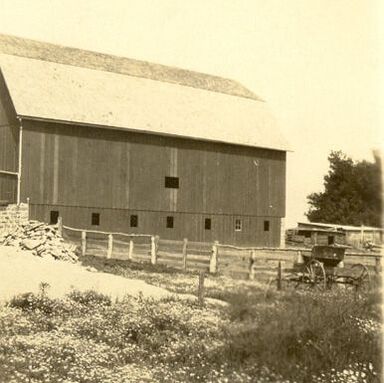
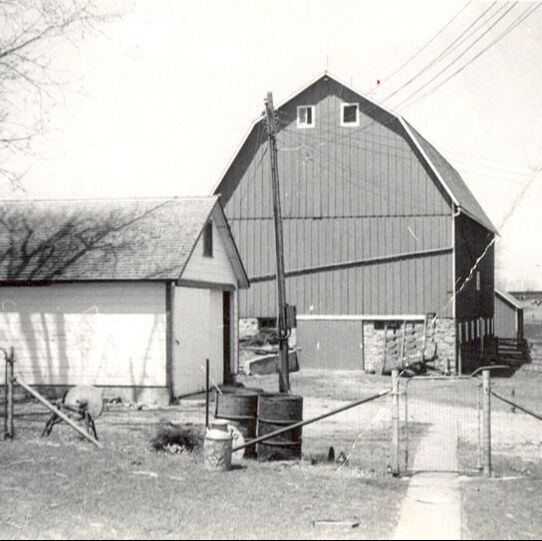
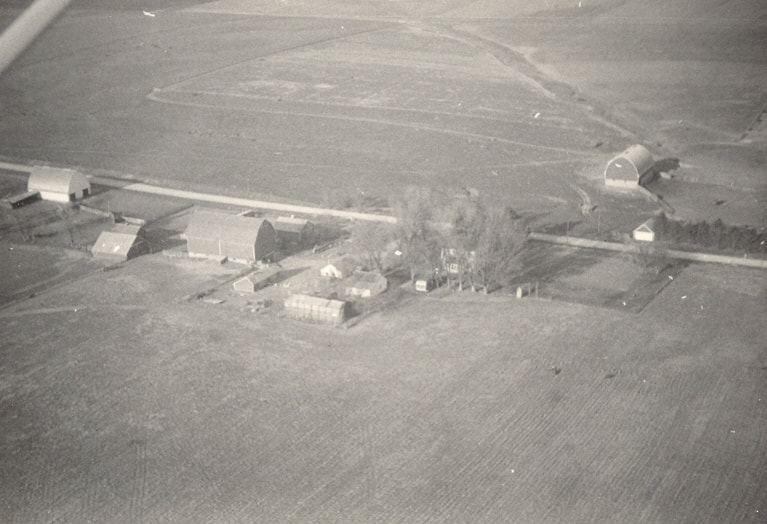
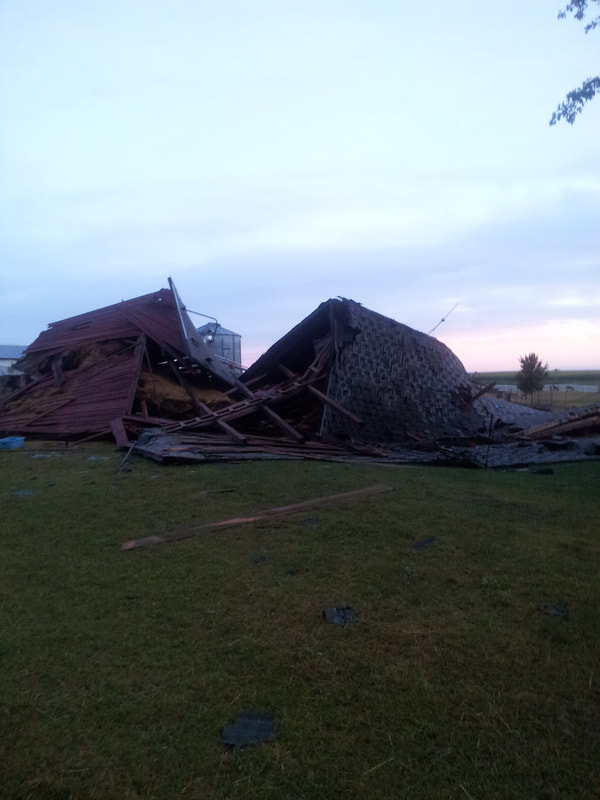
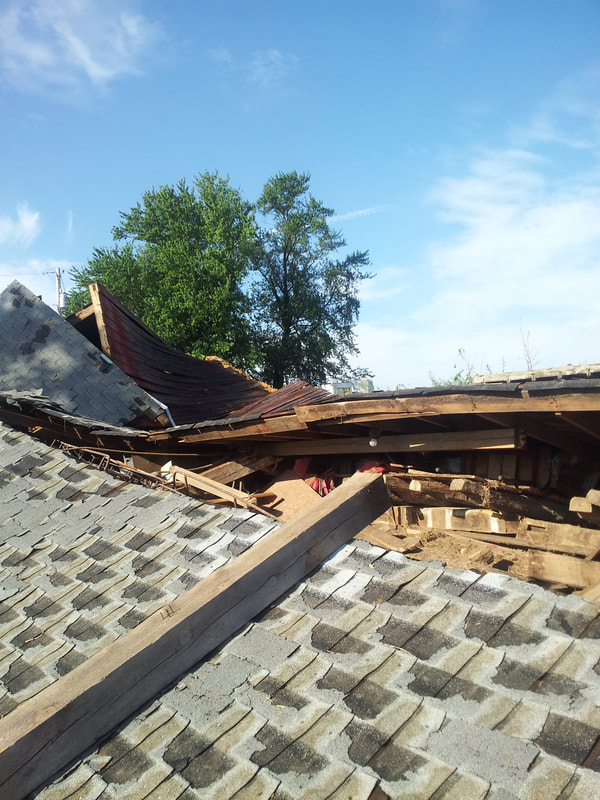
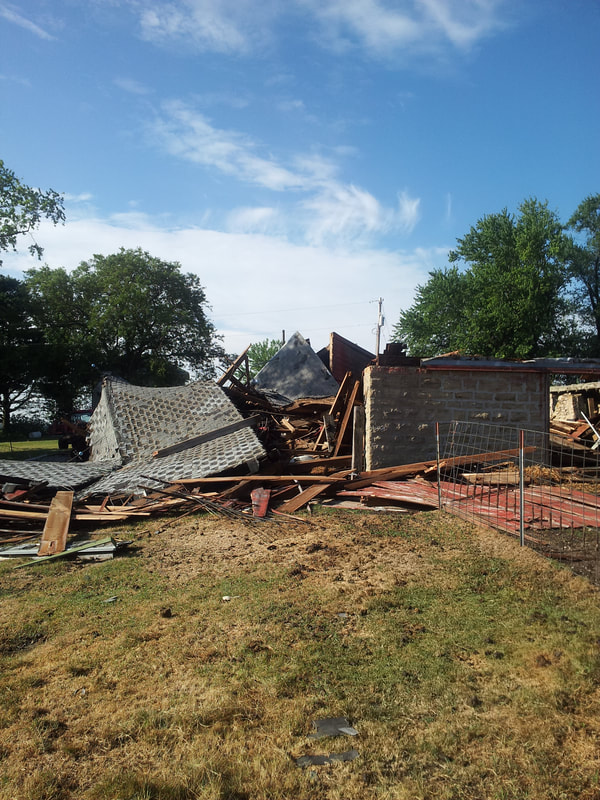
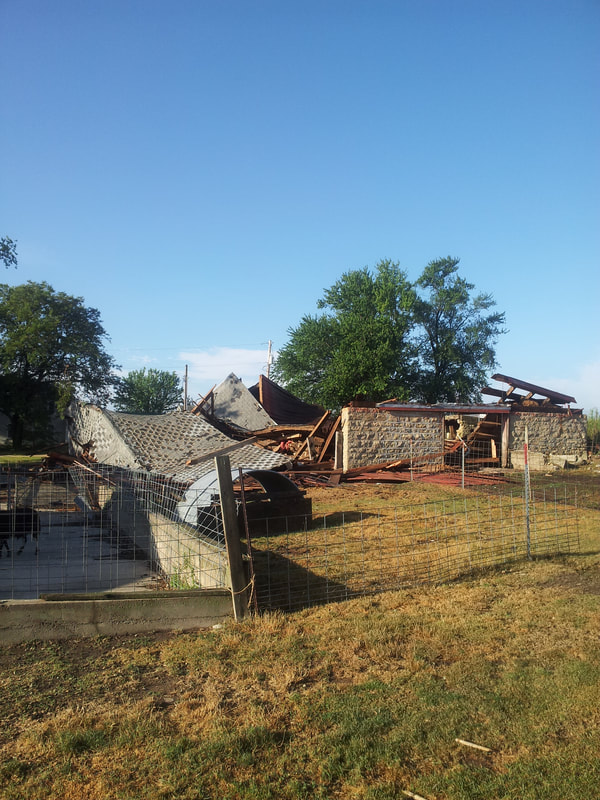
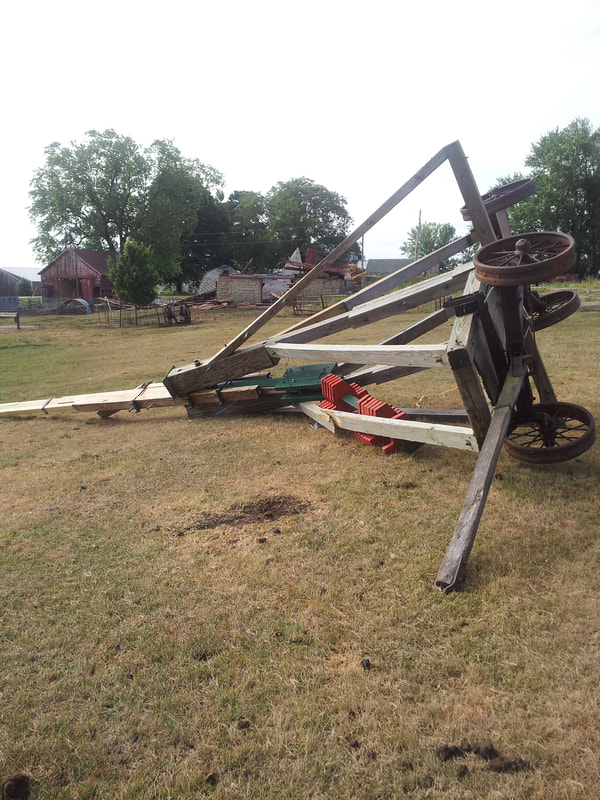
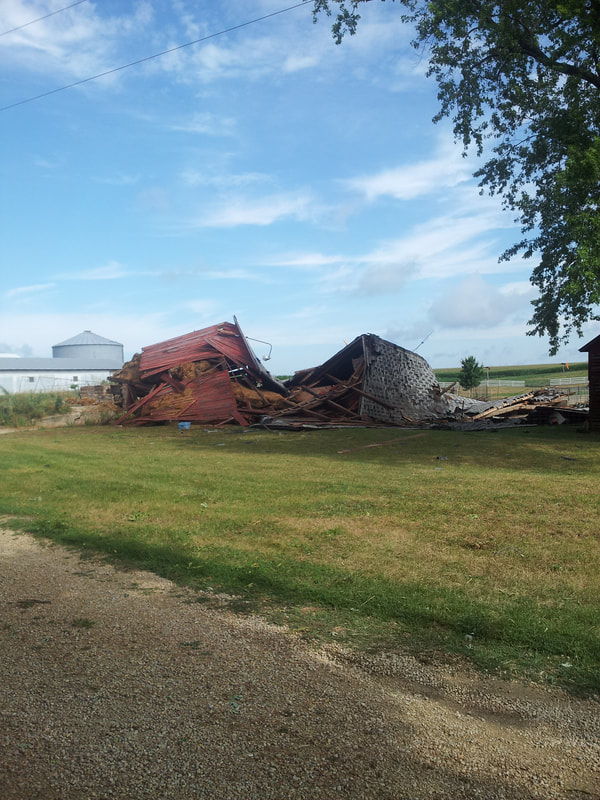
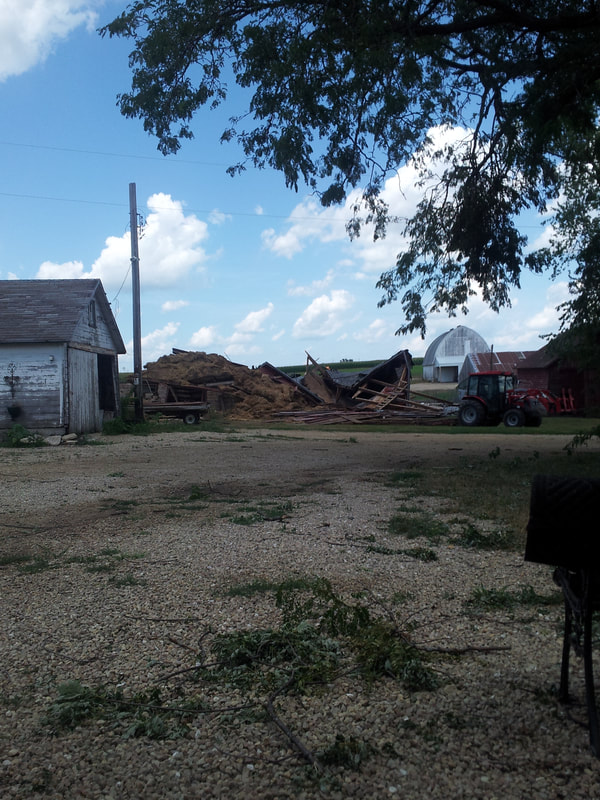
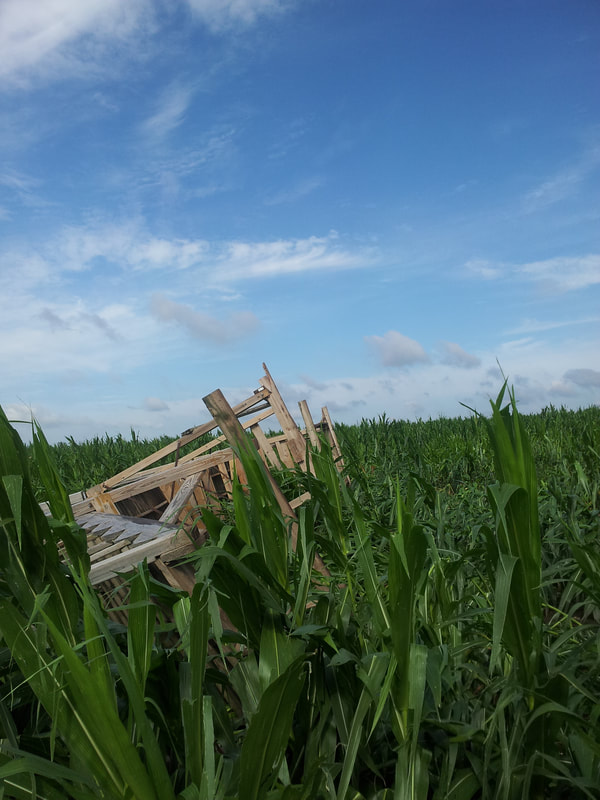
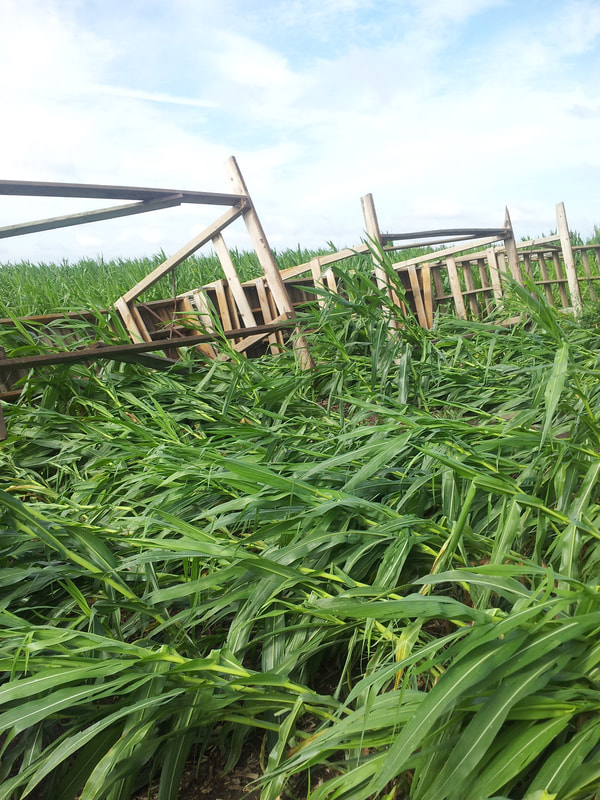
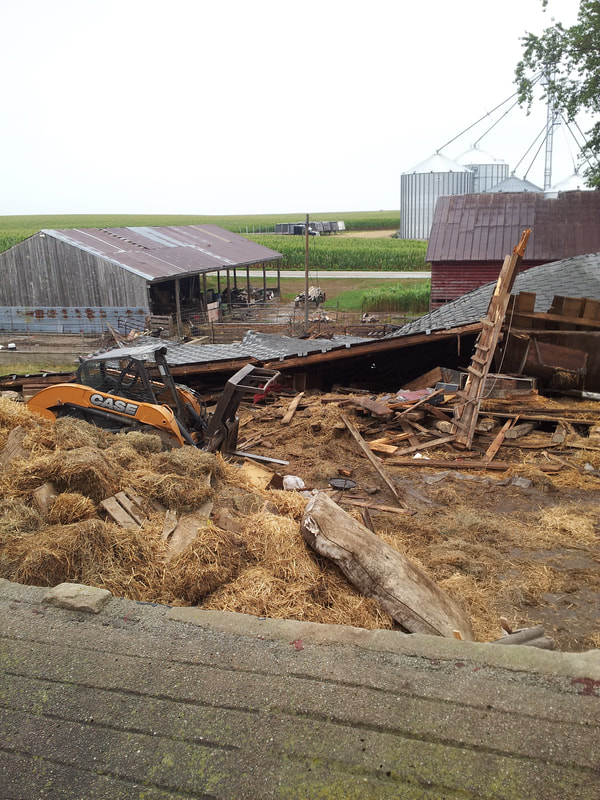
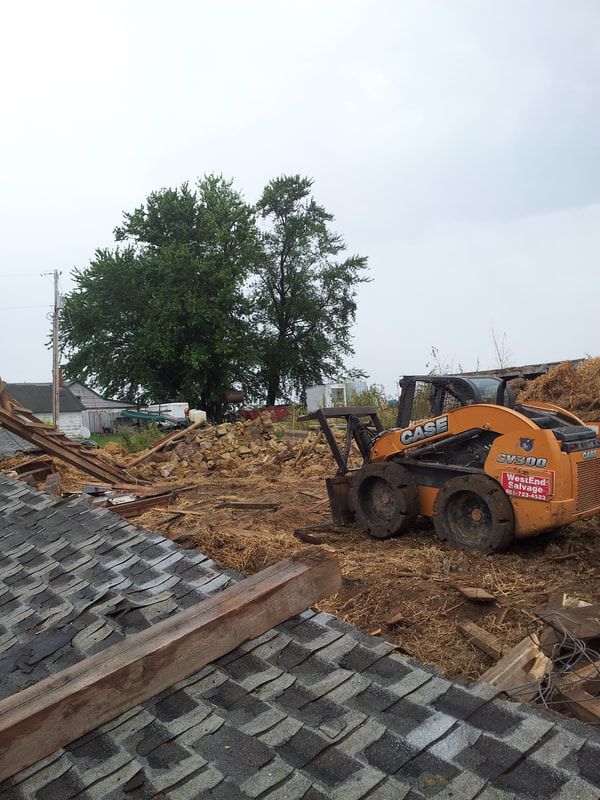
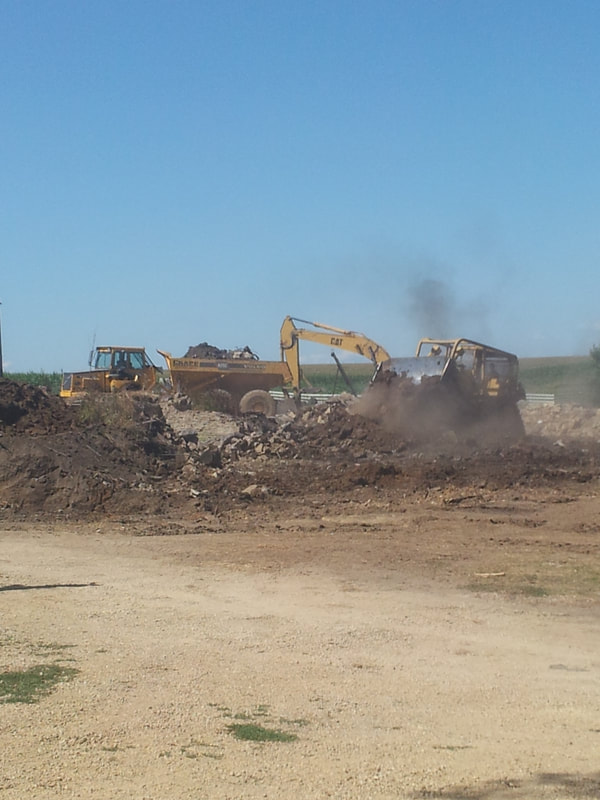
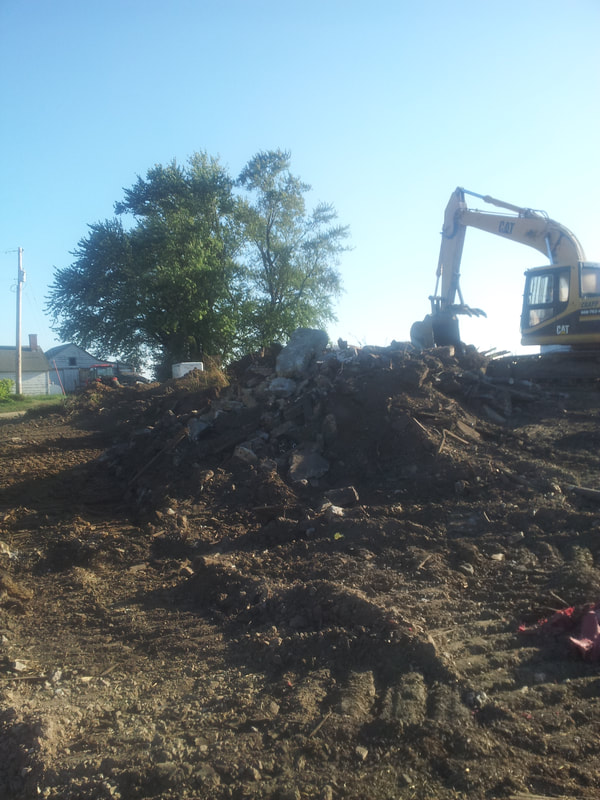
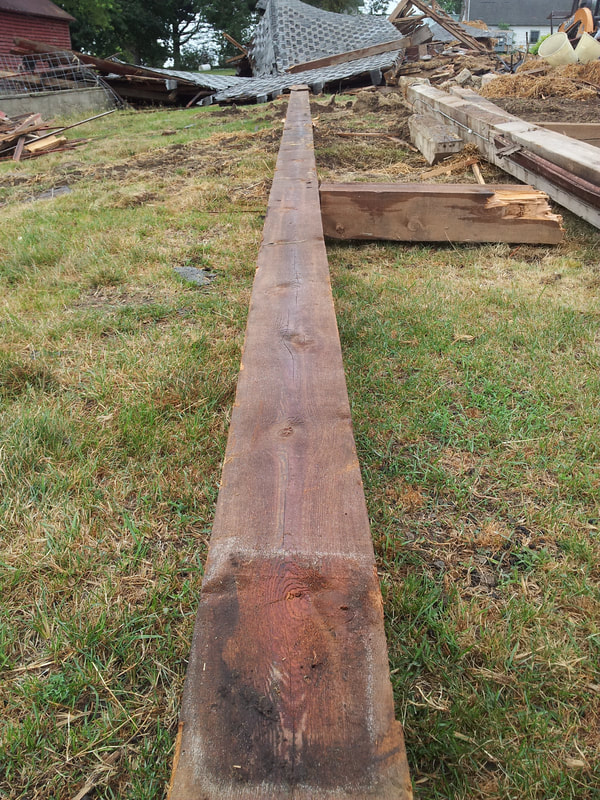
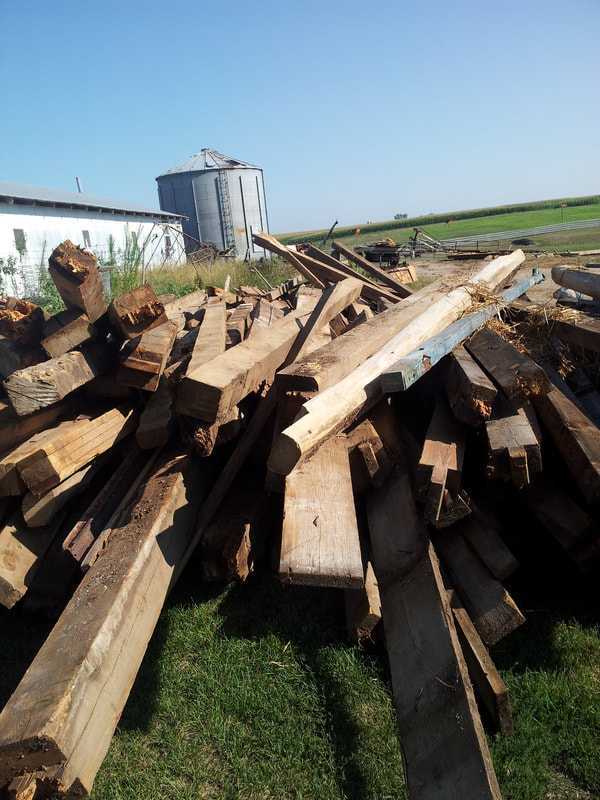
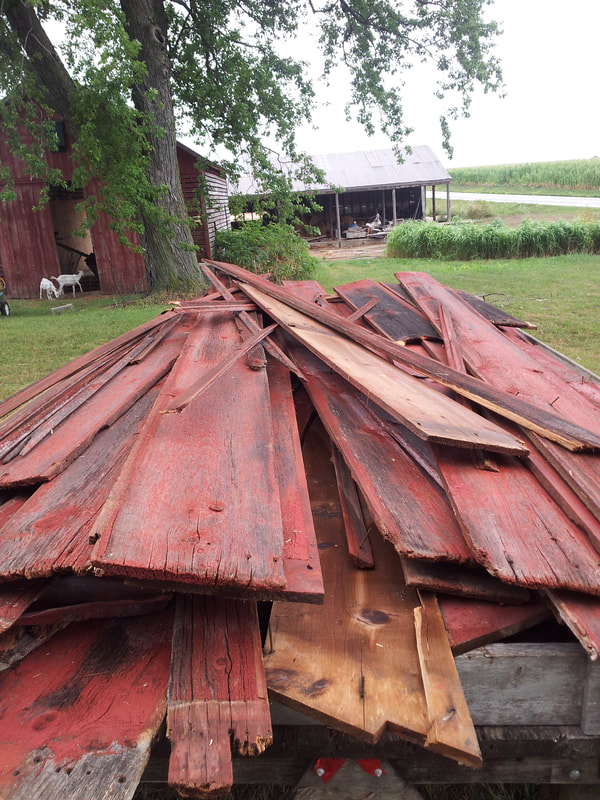
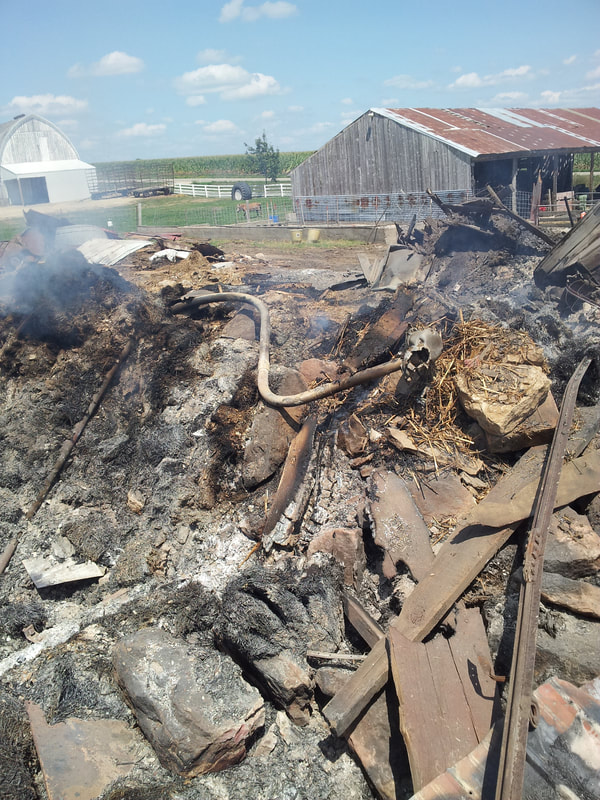
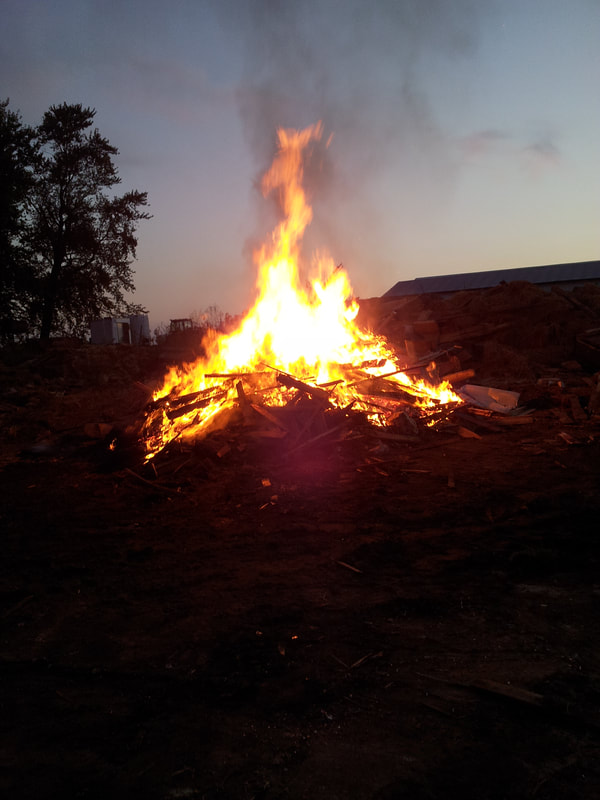
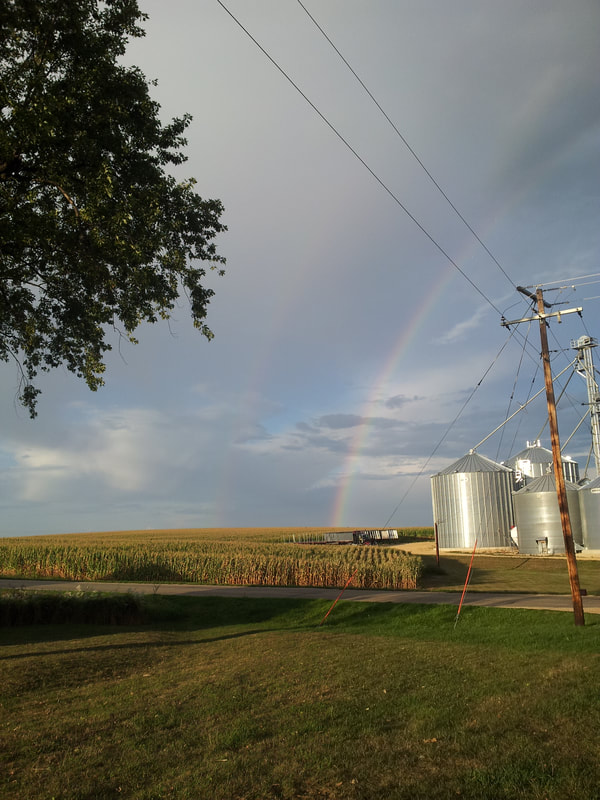
 RSS Feed
RSS Feed
